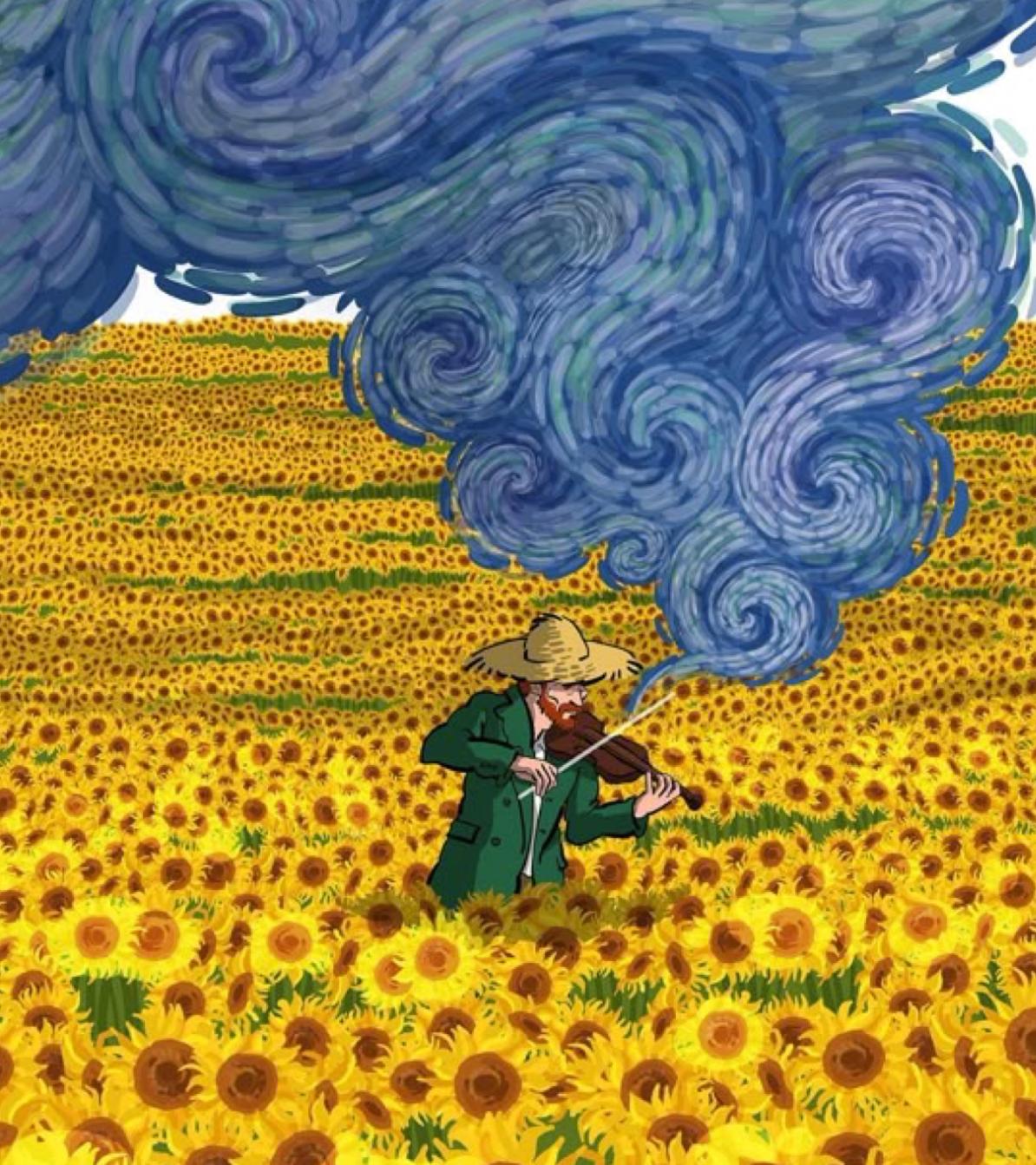Every culture tells its story through art. From Indian miniature paintings to European renaissance masterpieces, art captures the values, struggles, and achievements of societies. Temples, mosques, and cathedrals stand as examples of how art merges with spirituality, while folk art preserves traditions in the form of storytelling. In India, Madhubani, Warli, and Pattachitra paintings showcase regional identities and remain symbols of cultural pride.
Art is not just decoration—it is a mirror of society. During times of war, famine, or revolution, artists often express the pain and resilience of people through canvases and sculptures. Similarly, during times of peace and prosperity, art reflects joy, abundance, and creativity. It acts as a record of humanity’s journey, shaping how future generations understand the past.
In today’s interconnected world, cultural art faces both challenges and opportunities. Globalization has made it easier for art to cross borders, but it has also placed traditional art forms at risk of being overshadowed by modern trends. Governments and cultural organizations are stepping in to preserve these traditions through exhibitions, art festivals, and education programs.
By safeguarding cultural art, society not only protects heritage but also ensures that unique voices continue to inspire. The power of art lies in its ability to carry culture across time, keeping history alive in vibrant colors and bold designs.

